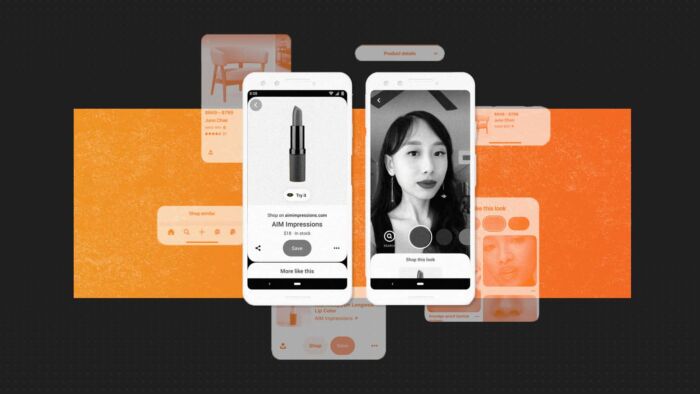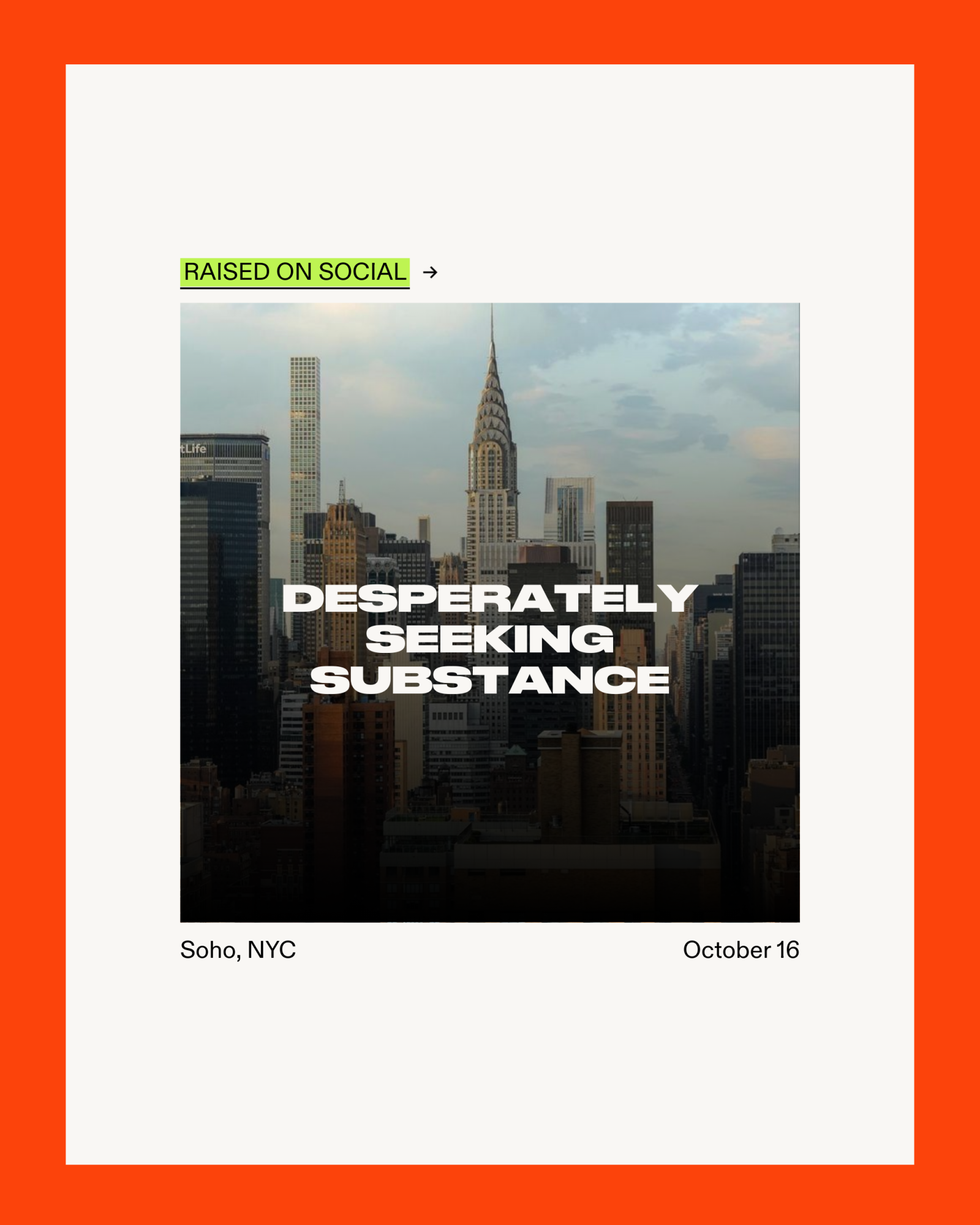March 3, 2022
Pinterest and E-Commerce: Is The Platform Converting Consumers Across Social?

Pinterest is a platform often overlooked by marketers and brands. It’s true that the platform doesn’t boast the monthly active users of the likes of YouTube, Facebook, Instagram and even TikTok. However, the potential of Pinterest lies with the e-commerce capabilities and where Pinterest fits into the consumer journey for product discovery and research.
In this article, we will explore why Pinterest and e-commerce go hand in hand, delving into the evolution of the platform and what Pinterest can offer marketers in 2022 and beyond!
The Origin of Pinterest
Pinterest launched in 2010 and quickly became known as the home of inspiration and upcoming trends. Users of the platform have over the years been referred to as ‘Pinners’ and interact on the platform as planners, which is unique to most other social platforms. Why? Well, Pinners don’t scroll randomly or get lost in mindless content. They use the platform with a purpose whether it’s to plan out events, trips, gifts or their next big purchase.
Users of Pinterest interact with the platform with an open mind to find ideas, share ideas and create boards. But who is using Pinterest? According to the platform, in the U.S specifically, Pinterest reaches 6 in 10 women and 1 in 4 men, with 431 million active monthly users worldwide.
Over the years, Pinterest has also understood that it is used for so much more than just image sharing. As a result, Pinterest has invested in e-commerce capabilities which served the platform well during a surge in usage during the pandemic!
The Online Shopping Era

Online shopping continues to dominate how the modern consumer purchases products during this evolving digital age. Global e-commerce retail sales rose 209% during April 2021, as COVID-19 forced consumers to move in-store shopping online.
According to GWI, 45% of pre-existing e-commerce purchasers say they plan to spend more on shopping online after the outbreak and 33% of those who weren’t purchasing online regularly prior to the outbreak, plan to spend more time shopping online after the outbreak. This shows that even with restrictions being lifted, consumers still want to stick with online shopping for the long haul.
However, as consumers were forced to rely on online shopping alternatives during the pandemic, it highlighted a pain point that many of us missed the experience of physical shopping. This accelerated the need to develop different technologies which included the use of AR to offer an elevated shopping experience online.
AR’s Place in E-Commerce

One of the biggest pushes in e-commerce so far has been AR (augmented reality). Online consumers have been missing the IRL shopping experience and AR has sought to remedy this pain point.
Companies have developed technology to not only create online shopping experiences through virtual storefronts but also ‘try on’ features for clothing, accessories and even makeup products. Technology now exists that can find your perfect shade without even having to swatch it in person! This takes the guesswork out of online shopping and creates trust, which in return has shown a 94% higher conversion rate when products are coupled with AR capabilities online.
Brands are even using virtual goods as commodities! In 2019 Louis Vuitton partnered with Riot Games, the developer of League of Legends to bring virtual luxury clothing to players in-game. Snapchat also worked with Ralph Lauren to make virtual collections available to Bitmoji avatars on the platform. Clearly, online shopping has developed tremendously in so many areas and brands are constantly working on ways to stand out from the crowd!
But how does Pinterest fit in with AR advancements? Interestingly, the platform is working with a select group of retailers in the U.S like Walmart, West Elm, Crate & Barrel and Wayfair to give online shoppers the ability to place an item in their home using Pinterest’s “Lens camera”. If users like the look of the product in their homes after seeing it through the AR Lens, they can purchase directly from the retailer. The result? Pinterest has created a seamless shopping experience through AR technologies, that helps consumers virtually place products in their home environment- something an in-store experience couldn’t provide.
Pinterest & Live Commerce
Pinterest has also rolled out Pinterest TV, leveraging the trend of live commerce which is so prevalent in China. Pinterest TV allows users to watch, shop and be inspired by different product categories including DIY, food, beauty and more. Pinterest announced that Pinterest TV would release episodes weekly, whilst also integrating influencers, so viewers were shopping with the recommendations of familiar faces online.
During the lead up to Christmas, every Friday Pinterest dropped products with special discounts from the episodes, incentivising Pinners to shop through the new live experience. Pinterest TV features a shopping toolbox at the bottom of the screen during episodes, promoting viewers to shop in real-time. Pinterest also considered the longevity of Pinterest TV content, allowing users to catch up on previous streams on demand.
Pinterest’s Enhanced Search Tools
Pinterest TV and new AR Lenses aren’t the only features added as of late. The platform also developed unique search tools to make shopping more specific and tailored than alternatives such as Google. For example, Pinterest introduced a search tool that allowed Pinners to search by hair textures and types. Users don’t have to scroll through hundreds or even thousands of pins to source content that is specific to them. Instead, users can just put in their own hair description based on six different options and find relevant inspiration and be served content they can shop.
This new search addition shows the platform recognizing the nuances in the needs of its users, and creating tools that are diverse and inclusive. For marketers, this tool shows how targeted ads can be in sectors such as haircare. If a brand has a hair product specific to a certain hair type, Pinterest can facilitate your ads being placed in front of the right users. Couple this with the fact 97% of top Pinterest searches are unbranded, marketers can definitely benefit from investing in the platform and leverage all the new features that enhance product discovery on the platform.
Pinterest & The Future Of Social Commerce

Pinterest certainly shouldn’t be ignored by marketers. If we look at the statistics, users across Pinterest are 50% more likely to say they love shopping and 2x more likely to be continuously shopping on the platform. These figures can be explained by how the platform fits into the consumer journey. A user interacts with Pinterest often when they are searching for something specific. Therefore, Pinterest, in this case, has the advantage over other platforms, as ads are welcomed and not seen as disruptive.
Pinners are always looking and browsing, which is why 9 out of 10 Pinners use the platform to make purchase decisions. As brands are able to advertise without disrupting, it allows Pinners to interact with their content in the way they would with any other pin. In fact, Pinterest describes ads as “not there to interrupt, but to inspire”.
Furthermore, 83% of weekly Pinners have made a purchase based on the content they saw from brands on the platform. That’s pretty good odds from a brand standpoint, and it all comes back to the original purpose of Pinterest and how users go in with an open mind.
Still not sold? Well, a huge misconception about Pinterest lies with the perception of who is using the platform. Marketers often tick Pinterest off as a platform for women and more specifically mothers – but that is not the case. Interestingly, in 2020, Pinterest saw a 40% increase amongst men and Gen Z users on the platform. So with Pinterest being relevant not only with men and women, but also younger generations, it offers a valuable touchpoint to reach new and existing audiences at the awareness and consideration phase of the marketing funnel.
So, is Pinterest the future for social commerce? In truth, the platform is making strides with AR to ensure when a user finds a product they can make informed decisions to ultimately purchase through the platform. But, it’s not just Pinterest that is taking social commerce seriously. We have the likes of Snapchat acquiring technologies to make the platform more shoppable.
However, Pinterest has the advantage due to how users utilise the platform to inform future purchase decisions. We don’t go in search of a product on Snapchat, but we do on Pinterest. This makes Pinterest a strong tool in covering multiple stages of the marketing funnel. Furthermore, with the platform testing Live commerce, it could quickly become a profitable channel for brands that invest in the platform to convert and drive traffic to their respective online storefronts.
Don’t forget to also follow us on Linkedin and Instagram for real-time announcements of all our new blog content!





